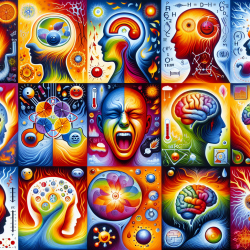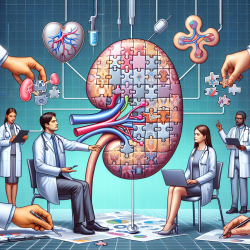Introduction
In the quest to understand the intricate workings of the human mind, the intersection of neuroscience and thermodynamics offers a promising avenue. The research article "How the Brain Becomes the Mind: Can Thermodynamics Explain the Emergence and Nature of Emotions?" delves into this intersection, providing insights that can enhance the practice of speech-language pathologists and other practitioners working with children.
Thermodynamics and the Brain
The study explores how the brain's energy dynamics, akin to thermodynamic cycles, influence emotions and consciousness. The brain operates in cycles similar to the Carnot engine, with processes that can be endothermic (energy-absorbing) or exothermic (energy-releasing). These cycles affect emotional states, which in turn influence behavior and learning.
Implications for Practitioners
Understanding these thermodynamic principles can aid practitioners in developing more effective interventions. Here are some practical applications:
- Recognizing Emotional States: By understanding the energy dynamics of emotions, practitioners can better identify emotional states in children, which is crucial for tailoring interventions.
- Enhancing Learning: The research suggests that positive emotions, which are linked to endothermic cycles, facilitate learning and creativity. Practitioners can create environments that promote positive emotional states to enhance learning outcomes.
- Addressing Negative Emotions: Negative emotions are associated with exothermic cycles, which can hinder learning and motivation. Practitioners can develop strategies to mitigate these emotions, such as mindfulness or cognitive-behavioral techniques.
Encouraging Further Research
While the study provides a theoretical framework, it also highlights the need for experimental validation. Practitioners are encouraged to engage in further research to explore the practical applications of these findings in therapeutic settings. Collaborative research efforts can lead to innovative treatment options for emotional and cognitive challenges.
Conclusion
The integration of thermodynamic principles into the understanding of emotions offers a novel perspective that can enhance therapeutic practices. By embracing this approach, practitioners can contribute to improved outcomes for children, fostering environments that support emotional and cognitive development.
To read the original research paper, please follow this link: How the Brain Becomes the Mind: Can Thermodynamics Explain the Emergence and Nature of Emotions?










